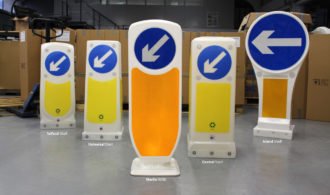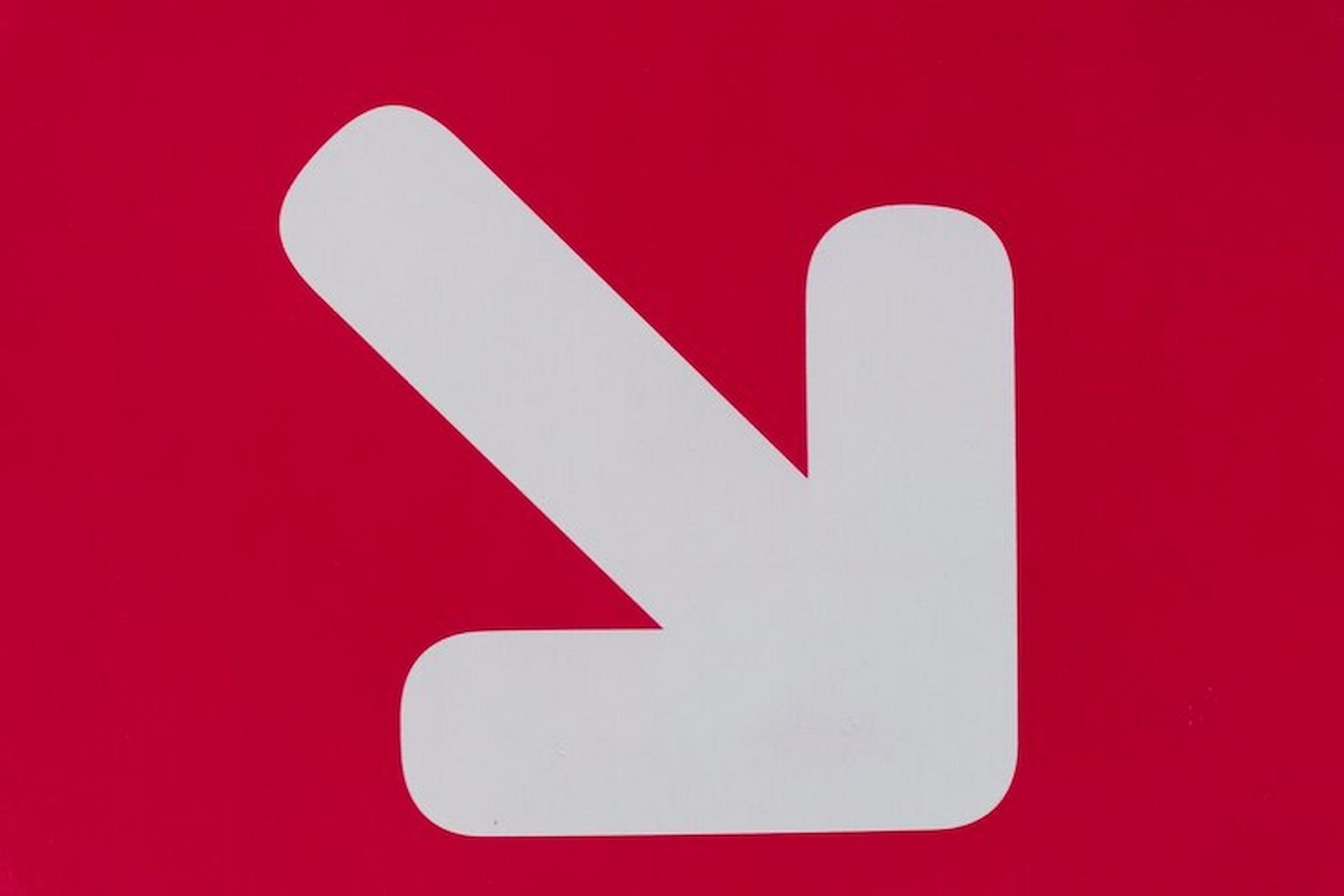Introduction
Over the years, the design of our road networks has virtually changed. Today’s models significantly consider safety features, meant to protect property, motorists, and pedestrians from harm if an accident ever occurs.
The road networks occur in such a manner that they have motorways and sidewalks, each running parallel to the other. For this reason, there is an increased risk of a vehicle veering into a pedestrian footpath, or a person ending up in the freeway primarily due to carelessness.
Thus, bollards are innovations meant to prevent pedestrians and motorists from ever crossing paths, except along zebra crossings.
History Of Bollards
The use of bollards began in the 17th century. Metallic bollards were initially used to anchor ships along the shores. On the other hand, wooden bollards happened to be made use of for traffic purposes. However, they were made use of in the early years of the 18th century.
What Is A Traffic Bollard
A bollard is a mini-pole made from plastic, metal or concrete that is used to prevent vehicles from running over pedestrians along sidewalks. Besides, they are mechanisms that act as barriers and prevent vehicles from moving into the undesignated territory.
Apart from being used along roads, bollards are also a common characteristic of military bases, especially near the gate area. Due to their strong nature, they can incapacitate an incoming enemy vehicle.
Also, bollards happen to be ideal in the beautification of buildings. When painted, they act as decorations for the outer areas of a building, especially around the entrances. Thus, they are suitable for landscaping. In life, we are always guided by lines. Thus, bollards guide us not to veer from paths.
Types Of Bollards
There are many other types of bollards. They include;
- Retractable bollards;
- Maritime bollards;
- Illuminated bollards;
- Bell bollards;
- Flexible bollards;
- Racing bollards;
- Bike parking posts; and
- Light bollards.
How To Set Up A Traffic Bollard
Due to the nature of importance that comes with traffic bollards, there is a particular way of setting them up. First and foremost, it is imperative that you determine where these mechanisms are likely to be anchored.
The process then follows by you drilling a hole, wider than the bollard that will be used to hold the post. Besides, the hole also has to be thick enough so that the bollard can be anchored firmly into the ground.
You then add some gravel to the bottom of the hole and spread it evenly to form a flat surface. Gravel helps improve rainwater drainage thus reducing chances of roads flooding. Since the bollard has to be robust and firm, you have to install a cylindrical rebar for additional support. After that, install your pole and then cover the hole with concrete and leave it to heal.
Which Colors Are Ideal For Painting Traffic Bollards
Since bollards are also used to help motorists find direction especially in the cover of darkness, they have to be painted with reflective colors easily visible during the night.
Yellow is the most preferred pigment in this case. However, the dye used ought to be resistant to weather so that it might be able to last for longer.




